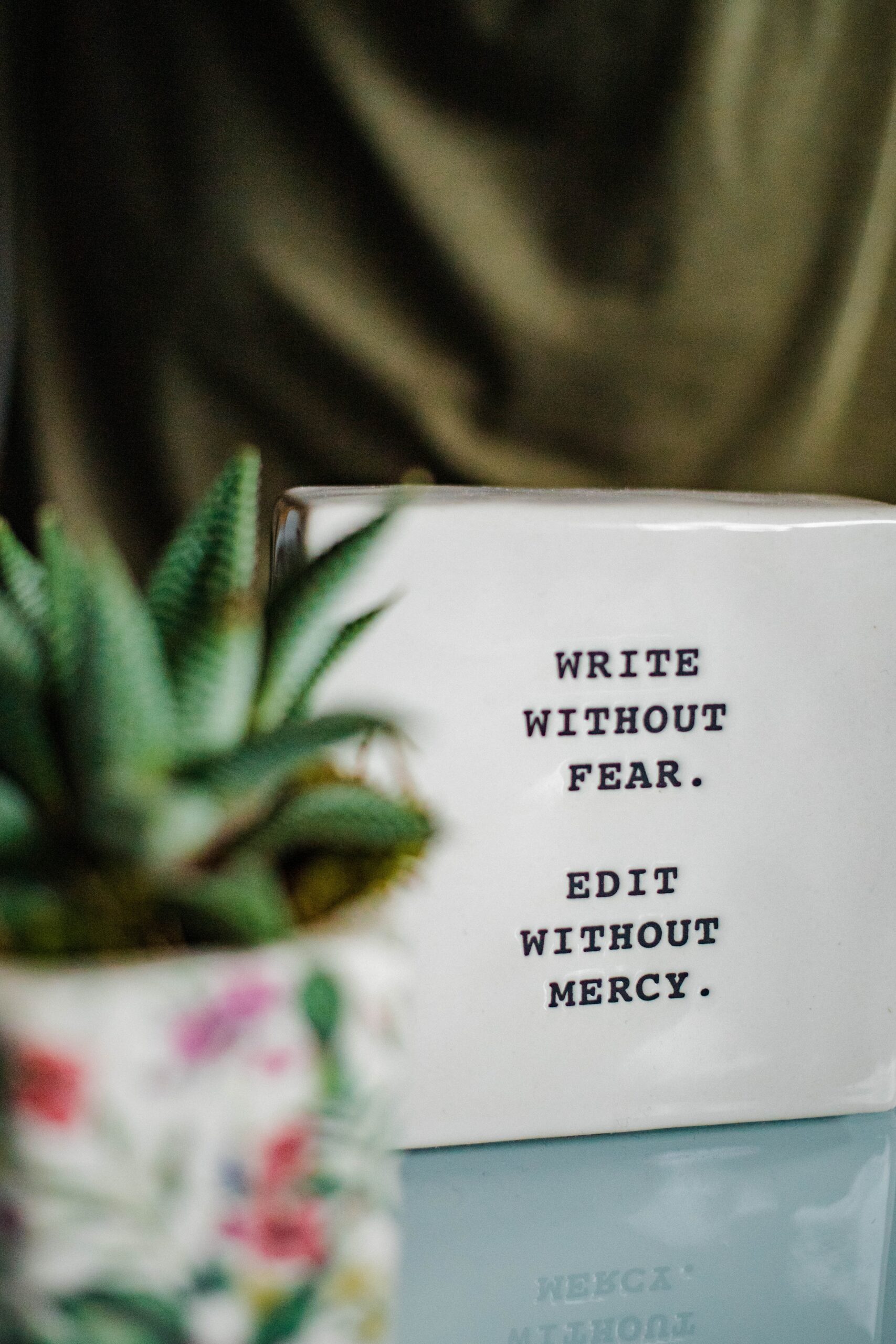
The first chapter of your romance novel sets the stage for the rest of your book. It’s where you introduce your characters, establish the setting, and lay out the conflict that drives your story forward. But it’s also where you have the opportunity to create an emotional connection with your reader and make them invested in your characters’ journey.
As a romance writer, you’re tasked with creating a story that not only entertains but also elicits an emotional response from your reader. Your first chapter should be no different. You want to create a sense of intrigue and excitement that makes your reader want to keep reading. But you also want to create empathy with your characters, so your reader cares about what happens to them.
Here, I’ll go beyond the basics of what to include in your first chapter and delve into the nuances of crafting an opening that will resonate with your reader. We’ll explore how to use language, structure, and pacing to create an emotional connection with your reader and make them invested in your characters’ journey.
Start with a Hook
Your opening sentence is the first impression you’ll make on your reader. It’s the difference between them putting your book down or continuing to read. You want to create a sense of intrigue and mystery that will keep your reader engaged. But you also want to establish the tone of your story.
Consider starting with an action scene or a dramatic event that sets the stage for your story. For example, you could start with your main character caught in the middle of a dangerous situation, like a car accident or a mugging. Alternatively, you could use dialogue to create intrigue or a descriptive image to create a mood. Whatever you choose, make sure it’s relevant to your story and grabs your reader’s attention.
Your hook should be short and to the point, but it should also leave your reader with questions that make them want to keep reading. A good hook should also introduce the conflict of your story. Conflict is what drives your story forward and creates tension that keeps your reader engaged.
Finally, make sure your hook is consistent with the tone and genre of your story. If you’re writing a lighthearted romantic comedy, for example, you wouldn’t want to start with a gruesome murder scene.
Introduce Your Main Character
Your protagonist is the heart of your story. They’re the one your reader will be rooting for, so it’s important to make them relatable and likable. Use your first chapter to show your character’s personality, motivation, and goals.
You can do this through their actions, thoughts, and dialogue. Show what makes them unique and why they’re worth rooting for. But also make sure to give them flaws and vulnerabilities. Your reader will connect with a character who feels real and human.
In addition to introducing your protagonist, you should also consider introducing other important characters in your story. This could include your love interest, your protagonist’s friends or family, or even your antagonist. The key is to make sure that each character serves a purpose in your story and is memorable in their own right.
Establish the Setting
The setting of your story is more than just a backdrop. It’s a character in its own right and can have a significant impact on your story. Use your first chapter to establish the time and place of your story, and to give your reader a sense of the world your characters inhabit.
You can do this through descriptive language and sensory details. Show your reader what your characters see, hear, smell, and feel. But also make sure to keep your descriptions relevant to your story. Don’t get bogged down in details that don’t move your plot forward.
In addition to the physical setting, you should also consider the emotional and cultural setting of your story. For example, if your story takes place in a small town, you might explore the close-knit community and the gossip that circulates within it. Or if your story takes place in a different time period, you might explore the social norms and expectations of that era.
Overall, your first chapter is an opportunity to hook your reader and set the tone for your story. By starting with a strong hook, introducing your main character, and establishing the setting, you can create an opening that draws your reader in and keeps them engaged.
Create Tension
Tension is what keeps your reader engaged and invested in your story. It’s the feeling that something is about to happen, and the anticipation of finding out what that something is. Use your first chapter to create tension and give your reader a reason to keep reading.
One way to create tension is to introduce conflict early on. This could be internal conflict, like your protagonist struggling with a decision or a moral dilemma. Or it could be external conflict, like your protagonist being chased by a villain or trying to win a competition.
Another way to create tension is to use foreshadowing. Foreshadowing is when you hint at something that’s going to happen later in the story. It creates a sense of unease and anticipation in your reader, as they wonder what’s coming next.
Finally, make sure to end your first chapter with a cliffhanger. A cliffhanger is a moment of high tension that leaves your reader wanting more. It’s a powerful way to keep your reader engaged and eager to turn the page.
Establish the Theme
The theme of your story is the underlying message or idea that ties everything together. It’s what makes your story more than just a series of events, and gives it depth and meaning. Use your first chapter to establish the theme of your story, and give your reader a sense of what’s at stake.
For example, if your story is about second chances, you might introduce a character who is trying to start over after a failed relationship or career. Or if your story is about the power of forgiveness, you might show a character struggling to forgive someone who has wronged them.
Whatever your theme, make sure it’s woven throughout your story in a way that feels organic and natural. Don’t hit your reader over the head with it, but also don’t be afraid to explore it in depth.
Use Dialogue
Dialogue is a powerful tool for creating character and advancing your plot. Use your first chapter to introduce your characters through their dialogue, and to create tension and conflict.
Make sure your dialogue is natural and realistic. Each character should have a unique voice and way of speaking. Use dialogue tags to help your reader keep track of who’s speaking, but don’t overdo it. Too many tags can be distracting and pull your reader out of the story.
In addition to advancing your plot, use dialogue to establish your character’s motivations and goals. What do they want, and what are they willing to do to get it? Use your first chapter to establish these things, and your reader will be invested in your character’s journey.
Use Descriptive Language
Descriptive language is what brings your story to life. Use your first chapter to create vivid, sensory images that transport your reader to your story’s setting.
Use all five senses to create a rich, immersive world. What does your character see, hear, smell, taste, and feel? Use descriptive language to paint a picture in your reader’s mind.
But be careful not to overdo it. Too much description can slow down your story and bore your reader. Use description selectively, and make sure it’s relevant to your plot and characters.
End with a Bang
Your first chapter should end with a powerful, memorable moment that leaves your reader eager to keep reading. This could be a cliffhanger, a moment of high tension, or a surprise twist.
Whatever you choose, make sure it’s consistent with your story’s tone and genre. If you’re writing a romance, for example, you wouldn’t want to end your first chapter with a violent, gruesome scene.
Use this moment to hook your reader and make them invested in your story. If you can make your reader care about your characters and their journey, they’ll be more likely to keep reading.
Edit and Revise
Once you’ve written your first chapter, it’s important to edit and revise it to make sure it’s as strong as it can be. Here are some tips for editing and revising your first chapter:
- Read it out loud: Reading your chapter out loud can help you catch awkward phrasing and errors that you might miss when reading silently.
- Cut unnecessary words: Look for words and phrases that don’t add anything to your story and cut them. This will help tighten up your prose and make it more engaging.
- Check for pacing: Make sure your chapter has a good pace, with moments of tension and moments of rest. If it feels slow, look for ways to cut or condense scenes. If it feels rushed, look for ways to add detail and build tension.
- Get feedback: Ask beta readers or critique partners to read your first chapter and give you feedback. This can help you identify problem areas and make improvements.
Crafting a successful first chapter is an essential part of writing a romance novel. By including elements like character, setting, conflict, tension, theme, dialogue, descriptive language, and a memorable ending, you can hook your reader and keep them engaged throughout your story.
Remember to take the time to edit and revise your first chapter, and don’t be afraid to seek feedback from others. With a strong first chapter, you can set the tone for a captivating romance novel that will keep your readers turning the pages.




